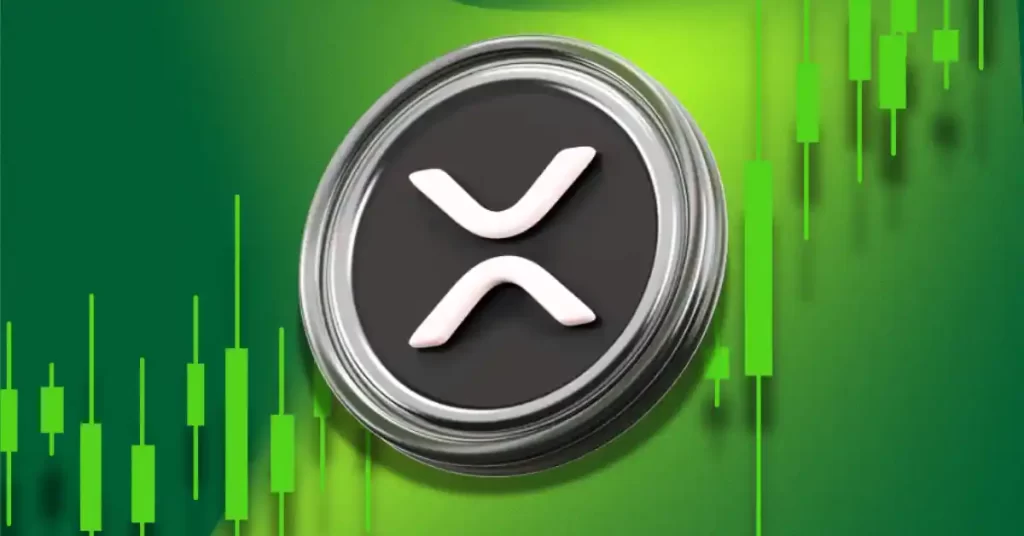
The Donald Trump Executive Order signing for the Bitcoin Reserve is one of the industry’s biggest events. However, the market has witnessed an unaffected outcome, especially with MicroStrategy Stock. Since the signing, the MSTR Stock price has crashed 10%, showing the hidden bearish factor of the announcement.
Not only that, the Bitcoin price crashed 5% as well, whereas the rest of the crypto market witnessed recovery. Let’s discuss what went wrong with this bullish news.
Top Reasons Why MSTR Stock Price Crashed 10% Today
The crypto investors’ sentiments are a major factor in the MSTR stock price performance. Their bullish outlook on the situation helps it grow, but a bearish outlook leads to a decline in value. Although Trump’s approval of the Bitcoin Reserve is bullish news, there’s quite a lack of clarity on many factors.
This affected the investors’ sentiments and fueled the selling emotions. In the end, the MicroStrategy stock price declined 10%, currently trading at $304.11.

Overbuilt Market Expectations Led to a Sell-Off
The primary reasons for the decline in the MSTR stock price are simple and explain the intricacies of the market. The investors were awaiting a much bigger and better announcement and have placed their trades accordingly. Some even anticipated that the U.S. government would buy billions of Bitcoin for the reserve and bring the market uptrend.
However, the opposite happened, as David Sacks’s announcement revealed that no buying would be made. Instead, the reserve of criminal and civil counterfeited seized assets will be used.

The announcement fell short of expectations, resulting in a massive sell-off. This is a common phenomenon called “buy the rumor and sell the news,” which resulted in people profit-taking on what they could and selling.
As a result, this news has brought Bitcoin and BTC-related stocks to a more organic trading pattern, as previous speculations and institutional buyers like MicroStrategy fueled it.
MicroStrategy’s Role as a Bitcoin Proxy Changed Overnight
With its Bitcoin buying strategy, MicroStrategy has built a significant image in the market. The endorsements of the founder, Michael Saylor, and the BTC buying have affected the entire crypto market. More importantly, with a 165% return on its BTC investment, MSTR is among the top-performing stocks. As a result, it is often viewed as an alternative to Bitcoin.

Additionally, the regulatory uncertainty around the digital currency made it superior. However, Donald Trump is hosting the Crypto Summit and the executive order, which is bringing better regulatory clarity to Bitcoin and increasing confidence in this digital asset.
As a result, some market participants moved from MSTR and into Bitcoin itself, causing downward pressure on MSTR.
What’s Next for MSTR Stock and Bitcoin Price?
The MSTR stock price crash has raised investors’ concerns over its performance with the Bitcoin Reserve in the picture. However, investors must keep a broader vision in mind, as there is likely to be short-term selling pressure. More importantly, its fundamentals remain the same.
The firm still holds a massive BTC treasure and serves the purpose of the adjacent asset. Although the future of Bitcoin price actions seems optimistic with the Bitcoin Reserve, the uncertainty may keep it in control.
As a result, the performance of the MicroStrategy stock will also depend on this digital asset. Investors must closely monitor the news around this subject and trade accordingly.
The post Why MSTR Stock Price Crashed 10% After Trump Signed Strategic Bitcoin Reserve Executive Order? appeared first on CoinGape.








